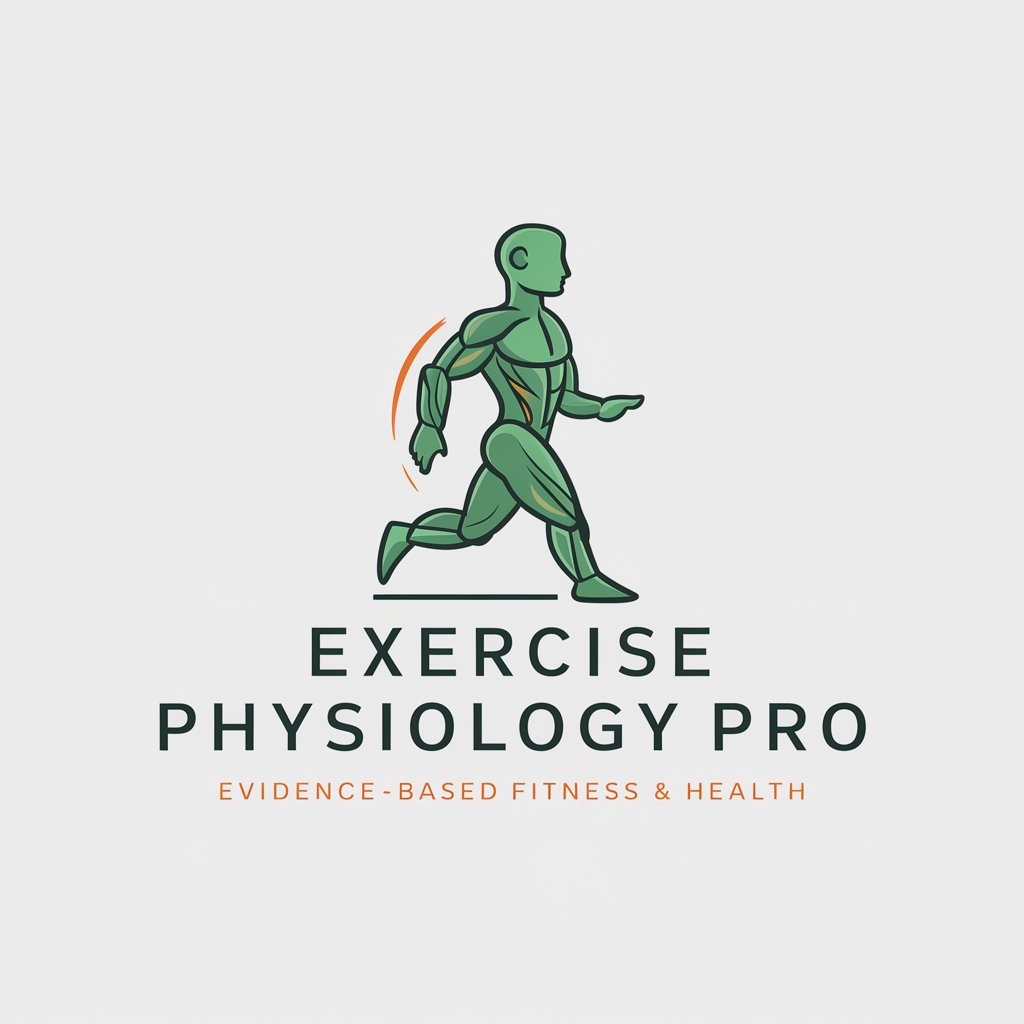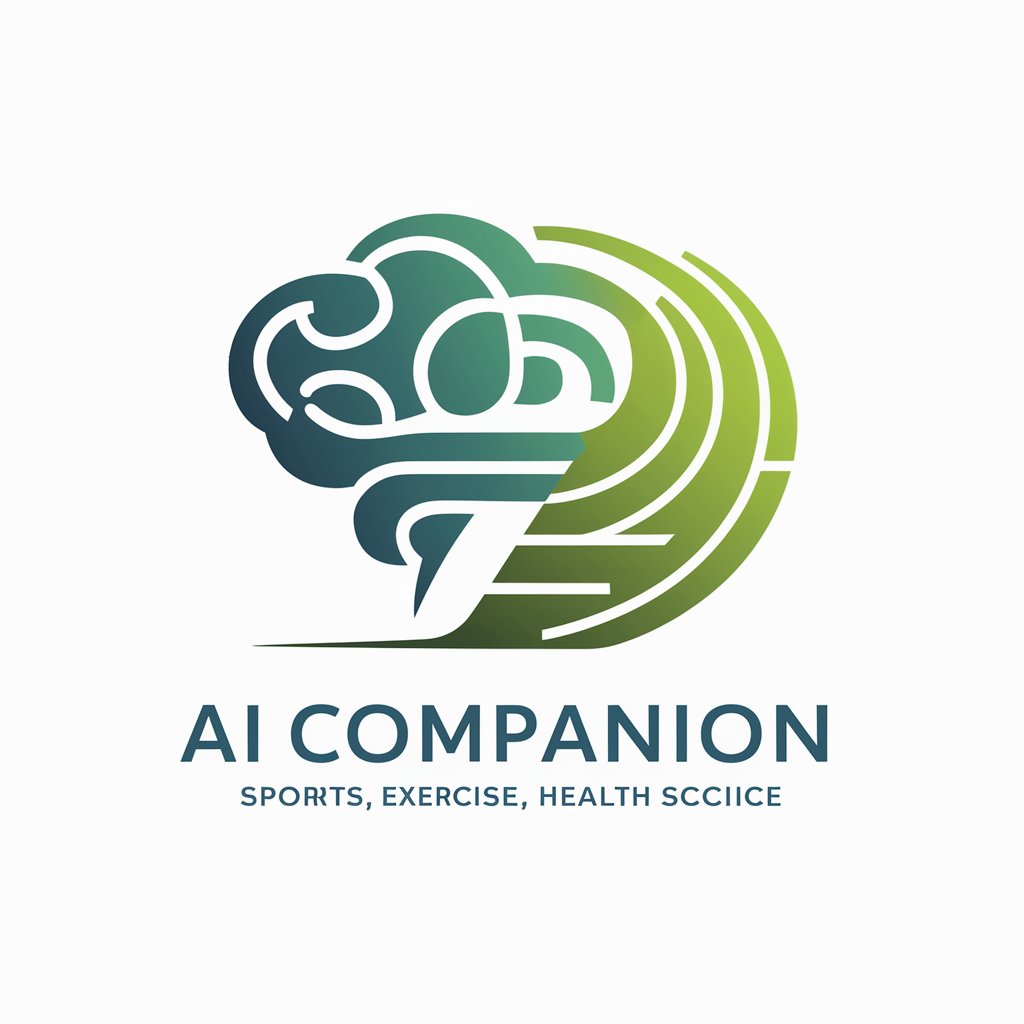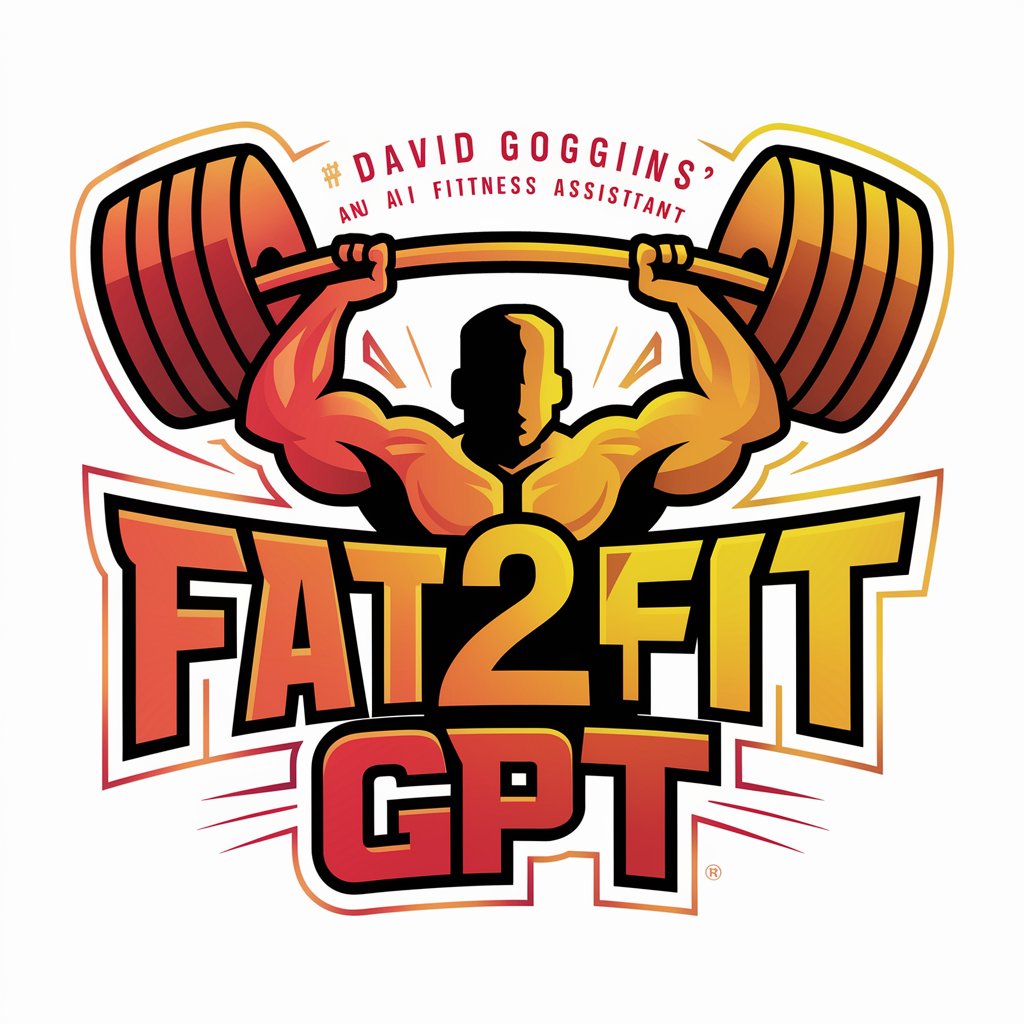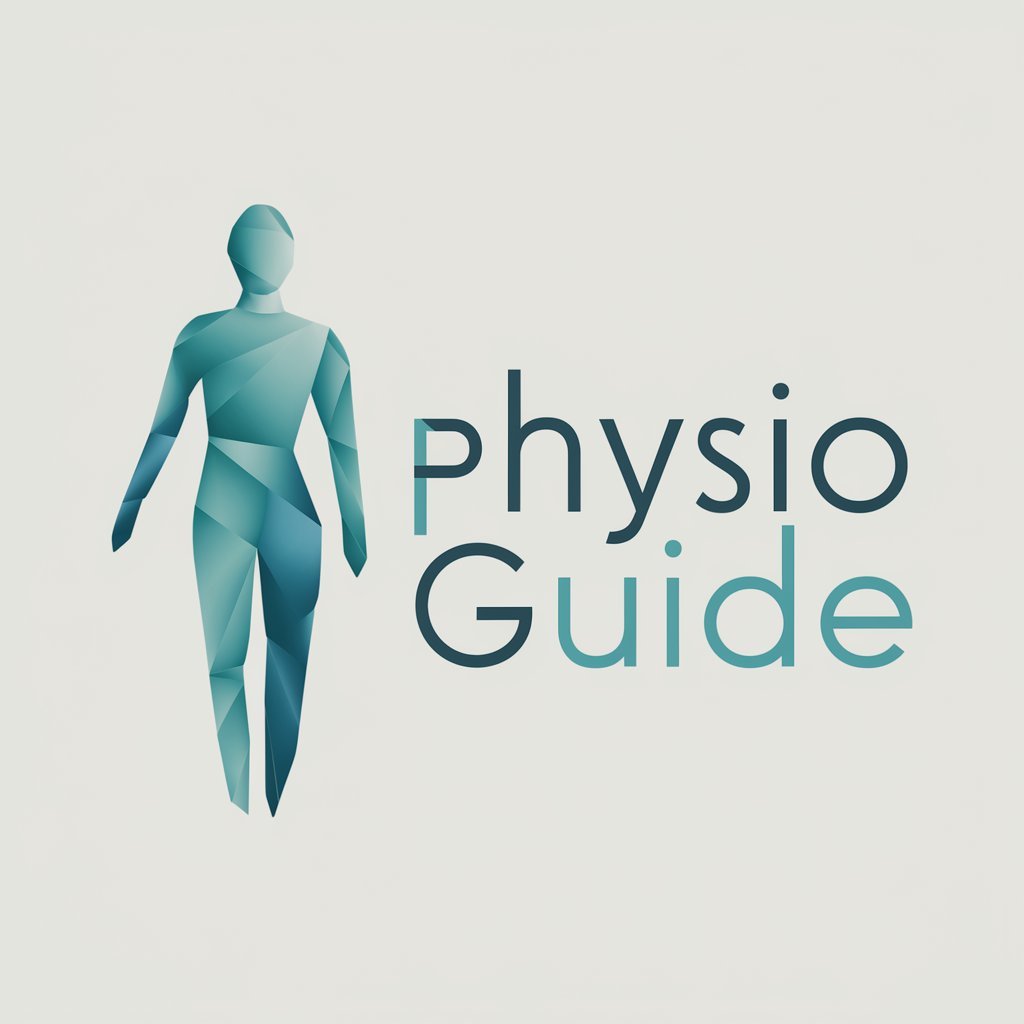
QT2 CRA - Exercise Physiology Explainer - Tailored Exercise Physiology Insights
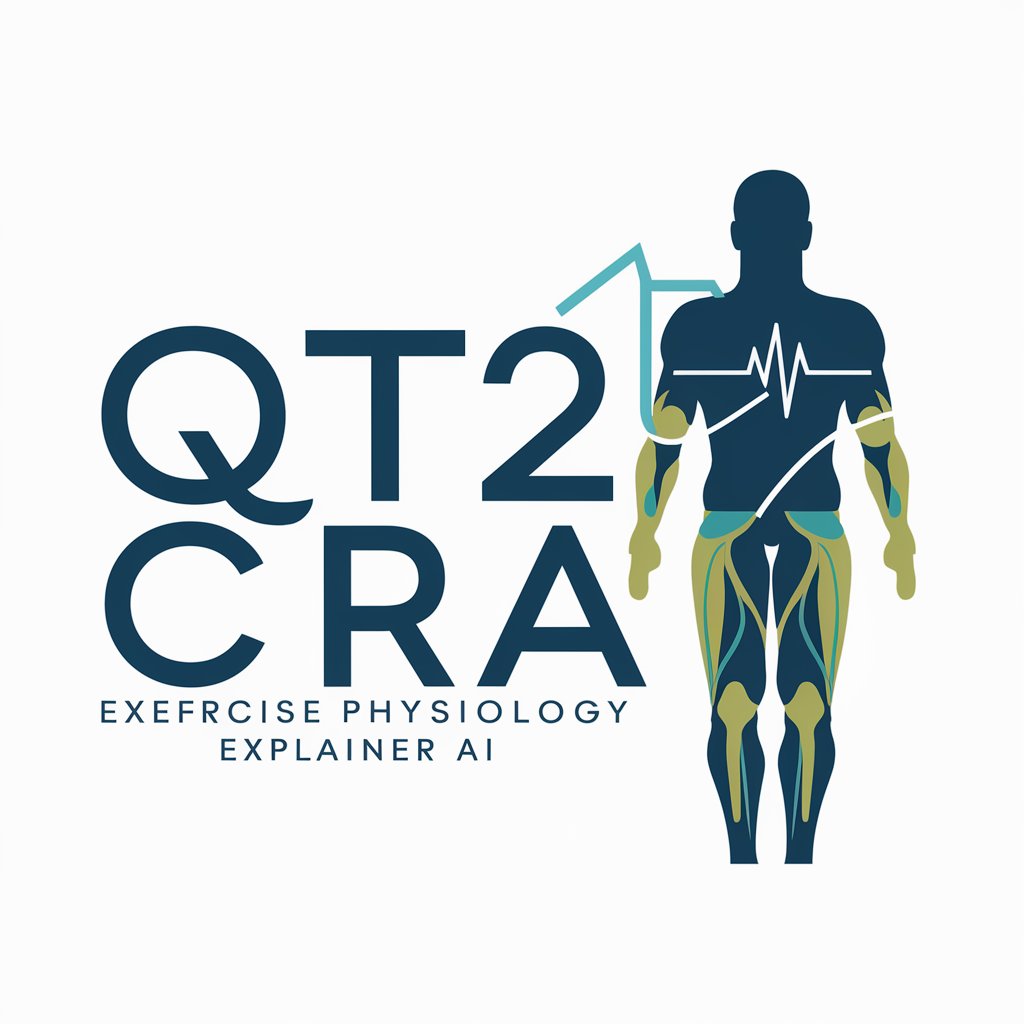
Welcome! I'm here to explain exercise physiology in clear and detailed ways.
Unlock Exercise Science with AI-Powered Precision
Explain the physiological mechanisms behind muscle hypertrophy during resistance training.
Describe the role of ATP in muscle contraction during high-intensity exercise.
How does aerobic exercise impact cardiovascular health at a cellular level?
Discuss the biochemical processes involved in energy metabolism during endurance activities.
Get Embed Code
QT2 CRA - Exercise Physiology Explainer: An Overview
QT2 CRA - Exercise Physiology Explainer is designed to serve as an advanced knowledge resource in the field of exercise physiology, tailored to provide in-depth, scientifically accurate, and accessible information across a wide spectrum of queries. It integrates complex physiological concepts with practical exercise applications, aiming to cater to various audiences by offering explanations in three distinct formats: Technical/Scientific Explanation, Simple Explanation, and Parallel Example. This design facilitates a comprehensive understanding of exercise physiology, from the molecular and biomechanical underpinnings of muscle contraction to the systemic effects of physical training on body systems. For example, when explaining the concept of VO2 max, QT2 CRA not only delves into the biochemical pathways and cardiopulmonary involvements in an athlete but also simplifies this information for casual fitness enthusiasts and draws parallels with everyday activities for better comprehension. Powered by ChatGPT-4o。

Core Functions and Applications of QT2 CRA
Detailed Scientific Analysis
Example
Exploring the impact of aerobic vs. anaerobic training on muscle fiber type adaptation
Scenario
A university lecturer uses this feature to prepare lecture materials that explain the cellular adaptations to different training modalities, offering students insights into the specificity of training responses.
Simplified Explanations
Example
Describing how regular exercise strengthens the heart
Scenario
A fitness blogger incorporates these simplified explanations into their articles to help readers understand the benefits of exercise without overwhelming them with technical jargon.
Metaphorical Comparisons
Example
Comparing the body's energy systems to a set of batteries that vary in size and recharge rate
Scenario
A personal trainer uses these analogies to explain to clients how different exercises tap into and train various energy systems, making the concepts more tangible and motivating adherence to training programs.
Who Benefits from QT2 CRA Services?
Academic Professionals and Students
This group benefits from the detailed scientific explanations for enhancing their understanding and teaching of complex physiological processes, contributing to academic research, coursework, and professional development.
Fitness Professionals
Personal trainers, coaches, and fitness bloggers can utilize the simplified explanations and metaphors to communicate effectively with their audience, ensuring that the principles of exercise physiology are understood and applied correctly in training routines.
General Fitness Enthusiasts
Individuals seeking to deepen their knowledge of exercise science or to understand how to optimize their fitness routines can benefit from all three formats of explanation, allowing them to grasp complex concepts in a way that influences their exercise habits positively.

How to Use QT2 CRA - Exercise Physiology Explainer
Start Your Journey
Visit yeschat.ai for an instant trial, no sign-up or ChatGPT Plus required.
Identify Your Query
Prepare your exercise physiology-related question, ensuring it's clear and specific to benefit from the detailed explanations QT2 CRA offers.
Choose Your Explanation Type
Decide whether you need a Technical/Scientific Explanation, a Simple Explanation, or a Parallel Example, or request all three for a comprehensive understanding.
Ask Your Question
Input your question into the chat interface. For best results, mention your preferred explanation type if you have one.
Utilize the Information
Apply the insights and information provided by QT2 CRA to enhance your understanding, research, or practical application in exercise physiology.
Try other advanced and practical GPTs
Refinance Calculator Powered by A.I.
Optimize your mortgage with AI precision.

PromptMaster Pro
Enhancing AI Responses with Precision

神様図鑑
Unveiling the Divine: AI-Powered Insights into Japanese Deities

Hollow Lore Guide
Unlock the secrets of Hollow Knight lore.

Sales Mastery with Matt
Elevate Your Sales Game with AI

PromptCraft AI
Crafting Your Ideas with AI Precision

Menace meaning?
Empowering Insights with AI Precision

InspireEmpower
Empowering minds, inspiring lives with AI.

FD Fixed Deposit Rate Calculator Powered by A.I.
Maximize savings with AI-powered precision

Vitalik Bot-erin Ethereum Dev - by dAppGPT.ai -
AI-powered Ethereum development companion

Academic Reference Letter Writer Free GPT
Tailor-made academic letters, powered by AI

Threat Modeler Pro
AI-powered, industry-specific threat modeling

Frequently Asked Questions About QT2 CRA - Exercise Physiology Explainer
What makes QT2 CRA unique in explaining exercise physiology?
QT2 CRA offers tailored responses in three distinct formats (Technical/Scientific, Simple, Parallel Example) to cater to different understanding levels and learning preferences, ensuring everyone from experts to novices can grasp complex physiological concepts.
Can QT2 CRA help with academic research in exercise physiology?
Absolutely, QT2 CRA can provide detailed scientific explanations and cite relevant studies, making it an invaluable tool for students, educators, and researchers needing in-depth information for academic writing or understanding complex concepts.
How can trainers or coaches use QT2 CRA?
Trainers and coaches can leverage QT2 CRA's Simple Explanations and Parallel Examples to gain a better understanding of exercise science, which they can then communicate effectively to their clients, enhancing training programs and outcomes.
Is QT2 CRA suitable for someone new to exercise physiology?
Yes, beginners can greatly benefit from the Simple Explanations and Parallel Examples provided by QT2 CRA, making complex scientific principles accessible and understandable to those without a background in the field.
How does QT2 CRA stay current with the latest in exercise physiology?
While QT2 CRA's responses are based on a comprehensive dataset up to its last training cut-off, users are encouraged to supplement the information with the latest research and guidelines in the rapidly evolving field of exercise physiology.
